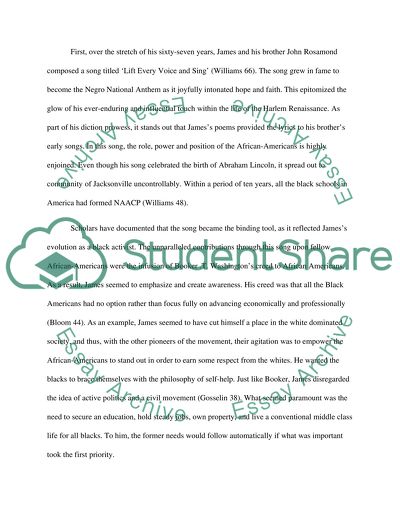Cite this document
(“Modernism Essay Example | Topics and Well Written Essays - 1250 words”, n.d.)
Modernism Essay Example | Topics and Well Written Essays - 1250 words. Retrieved from https://studentshare.org/literature/1472033-modernism
Modernism Essay Example | Topics and Well Written Essays - 1250 words. Retrieved from https://studentshare.org/literature/1472033-modernism
(Modernism Essay Example | Topics and Well Written Essays - 1250 Words)
Modernism Essay Example | Topics and Well Written Essays - 1250 Words. https://studentshare.org/literature/1472033-modernism.
Modernism Essay Example | Topics and Well Written Essays - 1250 Words. https://studentshare.org/literature/1472033-modernism.
“Modernism Essay Example | Topics and Well Written Essays - 1250 Words”, n.d. https://studentshare.org/literature/1472033-modernism.


